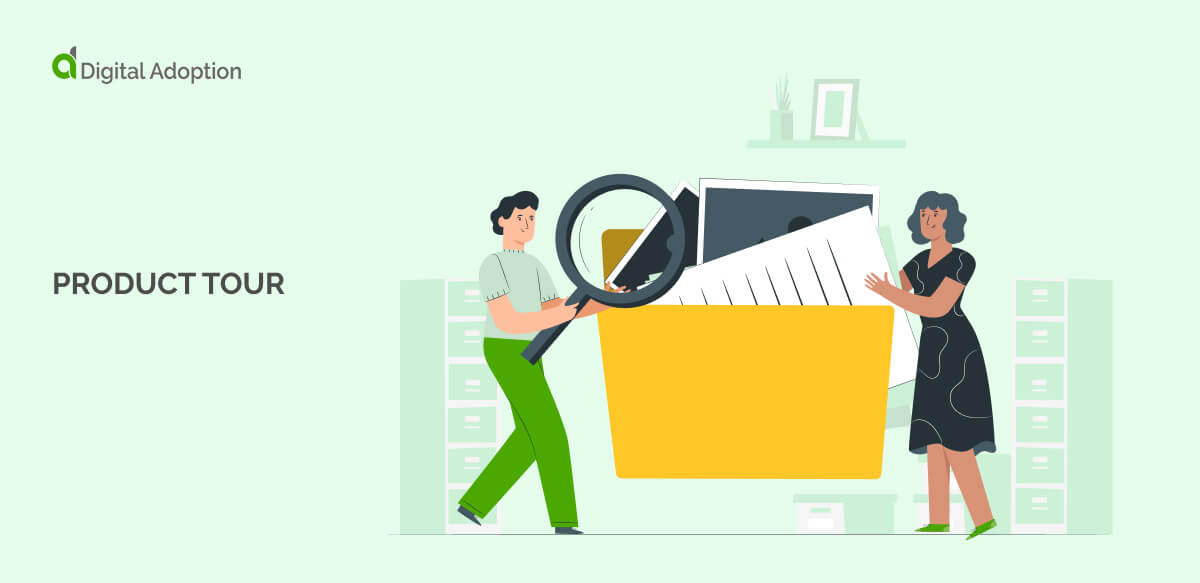What is a product tour?
A product tour is a guide that shows users how to use a product. It appears in software or on websites to explain key features and how to navigate, playing a crucial role in the broader digital adoption process.
Product tours can include step-by-step instructions, pop-ups, tooltips, or interactive demos. They help users learn by providing directions as they explore the product.
Some tours are short and only highlight basic functions, while others are longer and cover more details. They may start automatically or let users choose when to begin.
A product tour can be a one-time introduction or available anytime for reference. Some are interactive, asking users to click or complete tasks to move forward.
Many product tours adjust based on what the user does. They may guide users differently depending on their actions or experience level. Some also track user progress to show what has been completed.

